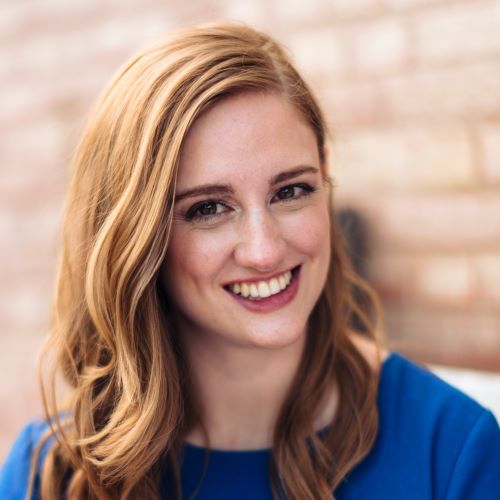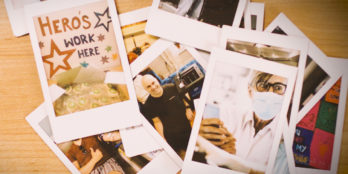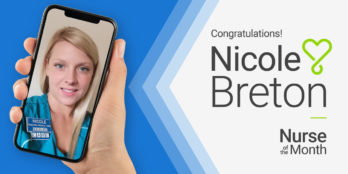
Retaining Talent in a Multigenerational Workforce
 5 min
5 min
In the coming years, the senior care industry will see as many as five different generations of workers. These workers all have different approaches, learnings, ideals, and values.
So, how does one approach a multigenerational workforce?
On Tuesday April 16, PointClickCare’s own Murry Mercier will answer this question during a session at Argentum’s annual Senior Living Conference and Expo. We wanted to provide our readers with a preview on his methods for turning this challenge into an opportunity for organizational growth.
Hear what Murry had to say in our interview below and see how you too can adapt your processes to fit an evolving workforce.
Q: Why is this topic important for Argentum?
A: This particular topic applies to everyone attending Argentum, and even beyond that, it applies to everyone in the industry of senior living, long term care, and post-acute care. The fact of the matter is, we are about to have five generations of workers in our workforce — this provides a great deal of opportunity but there are also some real challenges that need to be addressed.
Q: Can you elaborate on those challenges and opportunities?
A: Some of the biggest areas this will affect is recruitment, onboarding, on-going engagement, and continued education within communities. The main thing to remember when approaching this challenge is that five different generations of workers means five different generations of experience levels, understanding of their roles and the industry, as well as life and personal experiences. We are no longer in a one-size fits all scenario of catering to an older audience. Millennials and Generation Z approach things differently, and we must as well.
Q: What kind of approach do you think works best for a multigenerational workforce?
A: We know the previous notion of using one standard process for recruiting and onboarding and engaging employees will not appeal to each individual. However, in order to solve that challenge, we need to understand the identity and the engaging factors of each individual subset category across the various generations. But we also need to be careful, as these assessments are merely a generalization and we don’t want to categorize someone based solely on their generation. The solution is to adapt our processes in each one of those areas to support a multitude of profiles and differences including learning abilities, communication skills, and life experiences.
Q: What can people expect to take away from your session?
A: Firstly, the realization that we need to expand our thoughts when it comes to employee management and engagement. For example, we need to consider the profile of the employees we have working in our communities, and that we want to continue working in our communities and adjust how we attract and retain them. We need to approach the situation asking ourselves, how can we help them get the most out of their workplace, which in turn allows us to get the most out of our business.
Secondly, what I would specifically encourage people to do is to look at the way they are leveraging technology inside of their organization. In order to attract the next generation of workers, your organization also needs to move into the next generation of technology adoption. But that’s not all, we must also consider how we are investing in employees, whether that be in relation to technology, education, or mentoring programs. We need to create programs that will bring the best opportunity to the employees we wish to hire.
Third, I encourage everyone to look at their recruitment and hiring process and take predictive hiring one step further. Not only to understand and align individuals to their organization, but to take that information and create their onboarding plans based on their predictive hiring results and ongoing education process.
For example, ‘…we identified this is a strength for you and we’d love for you to participate in a mentoring program. We also identified you have some potential for growth in this other area, so let’s focus here in order to grow your role.’
Q: In our current demographic, what should people be thinking about in regards to retaining talent?
A: At the end of the day, it’s about engaging and empowering individuals in any work environment. These processes need to be adapted and adjusted in order to produce results. Ask yourself, if you know what is important to your staff and what their challenges are (in their own words) and be honest with yourself in knowing whether you are able to articulate your organizational goals to each individual employee. These are the things you have to look at when you are questioning, am I doing all I can?
If organizations are being honest, most will realize they are not and will know they need to adapt quickly in order to stay relevant. It comes down to, how are you talking with your staff, how are you measuring their level of engagement, and how are you helping them to grow inside of their role. It can’t be one-sided; it needs to be a conversation with them.
Check out the full presentation at Argentum on April 16, 2019 from 7:00 – 7:50 a.m. If you are not attending Argentum, connect with us here to learn more about retaining multigenerational talent.
April 10, 2019






